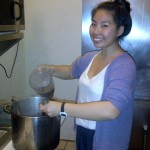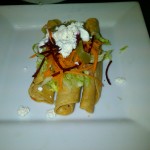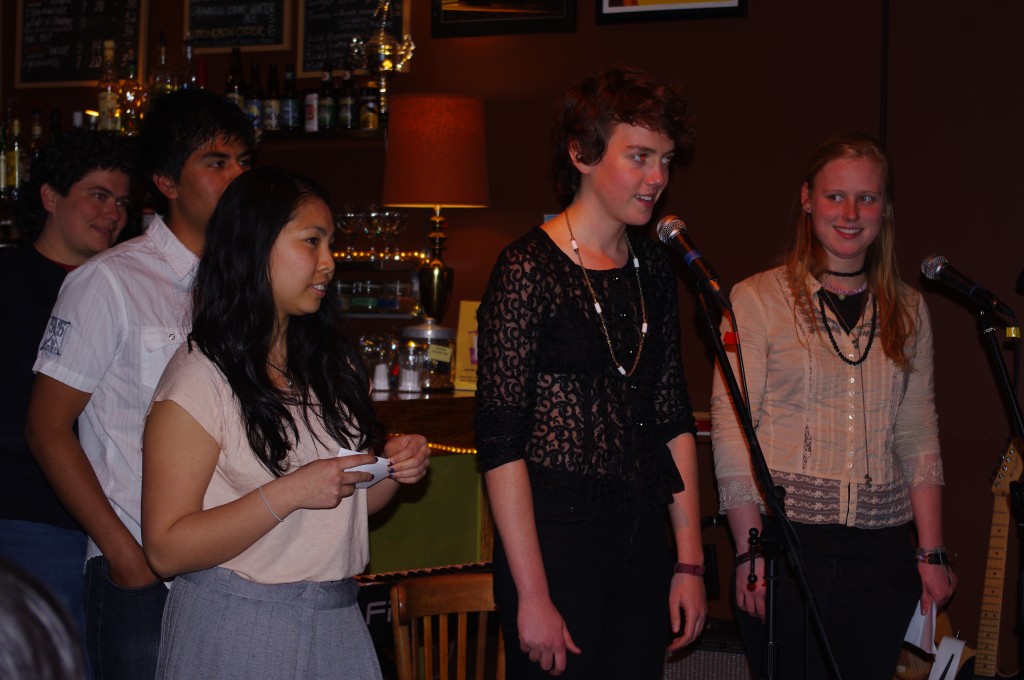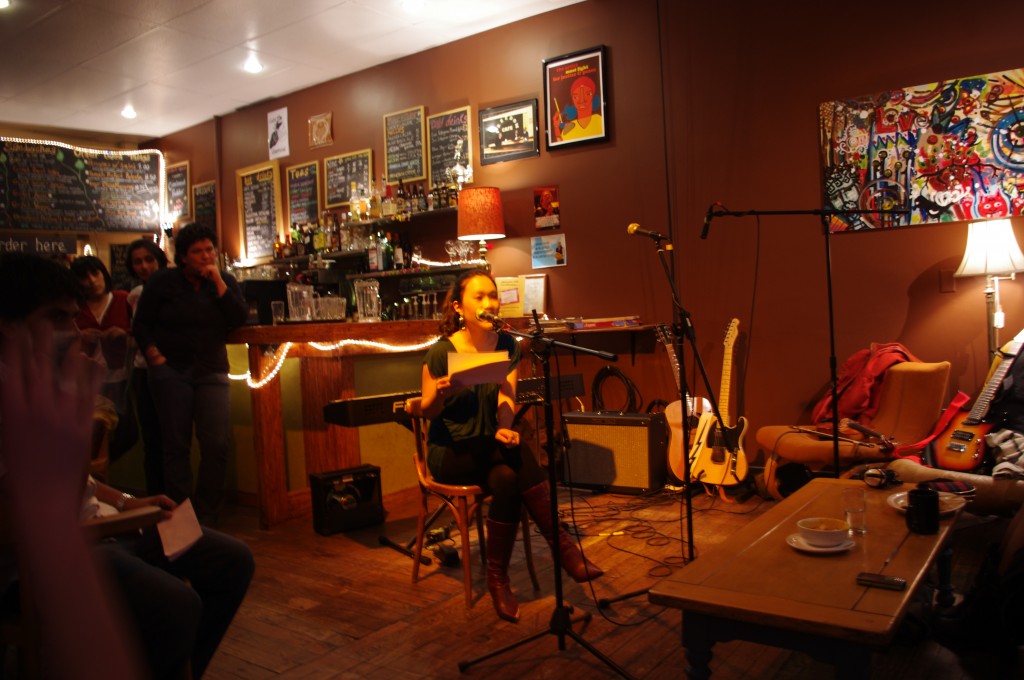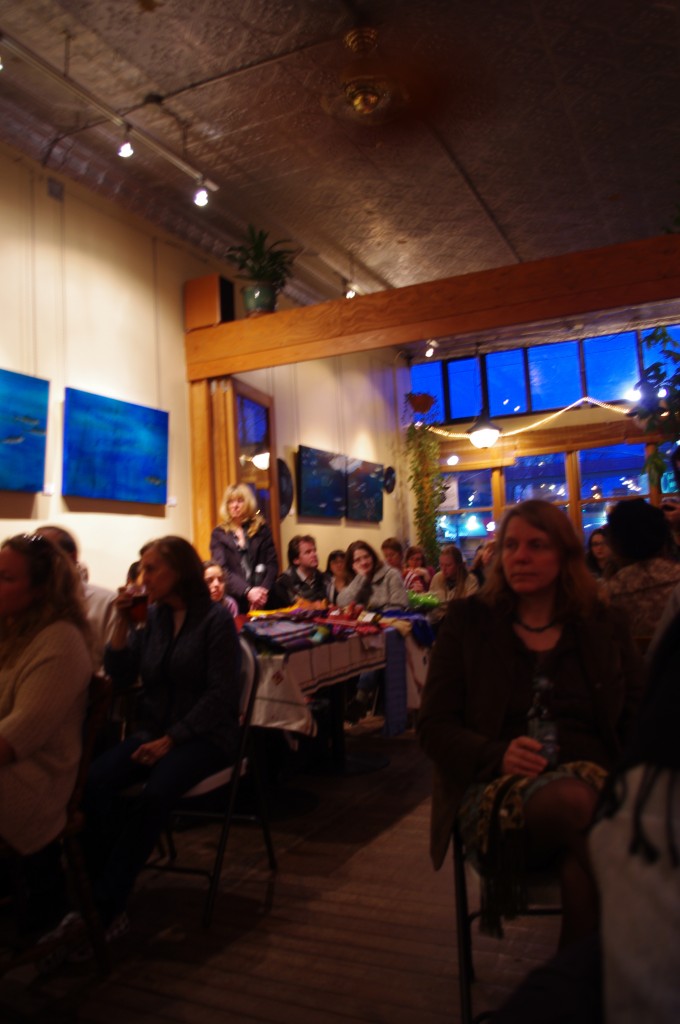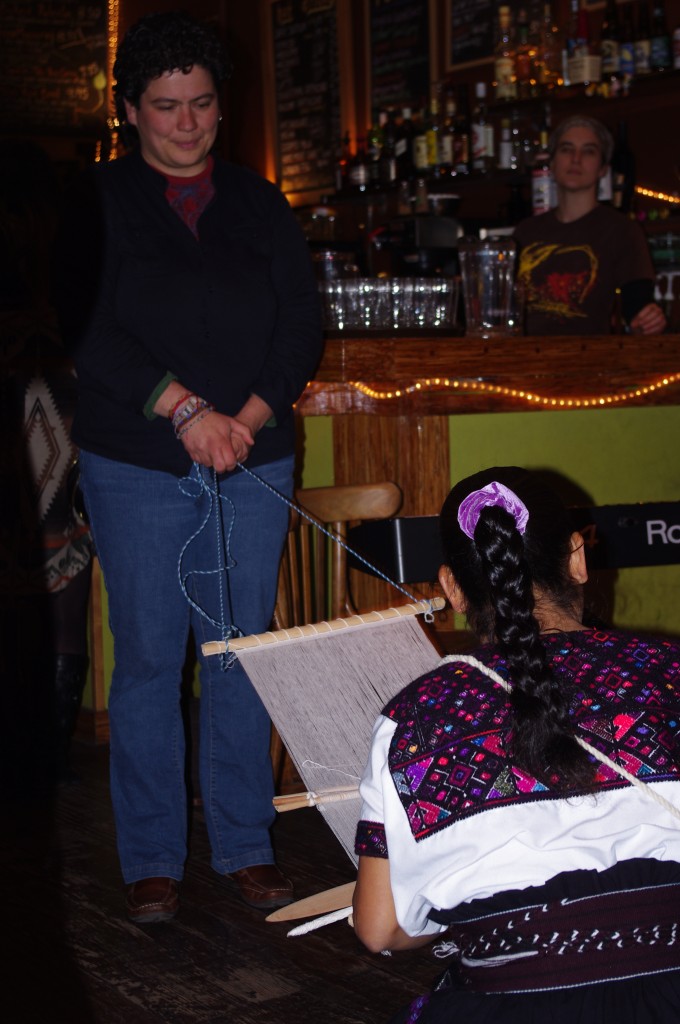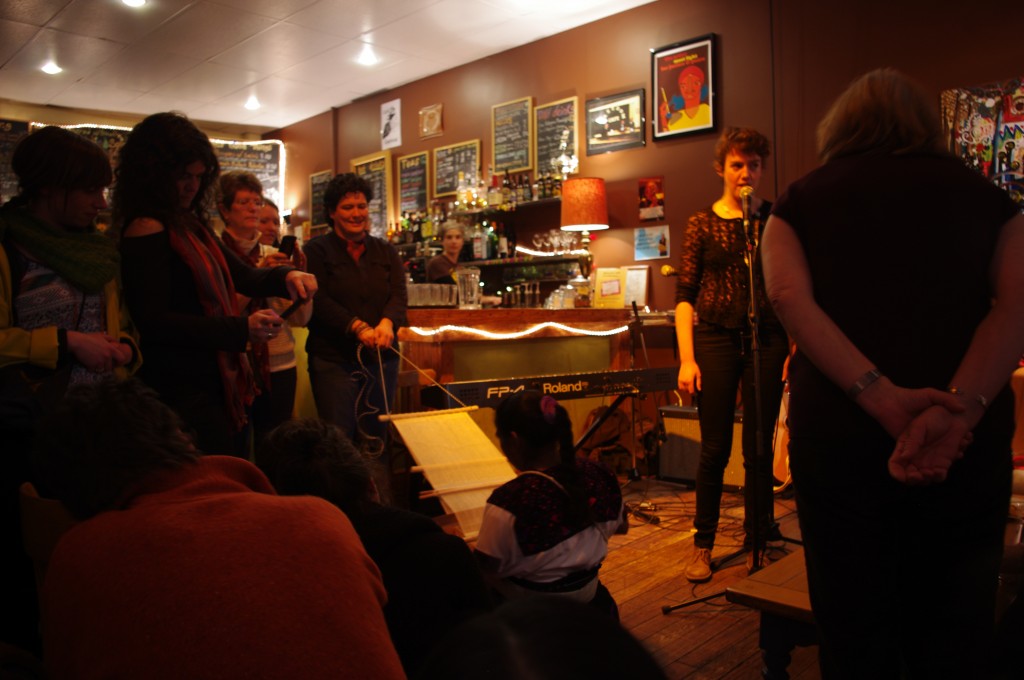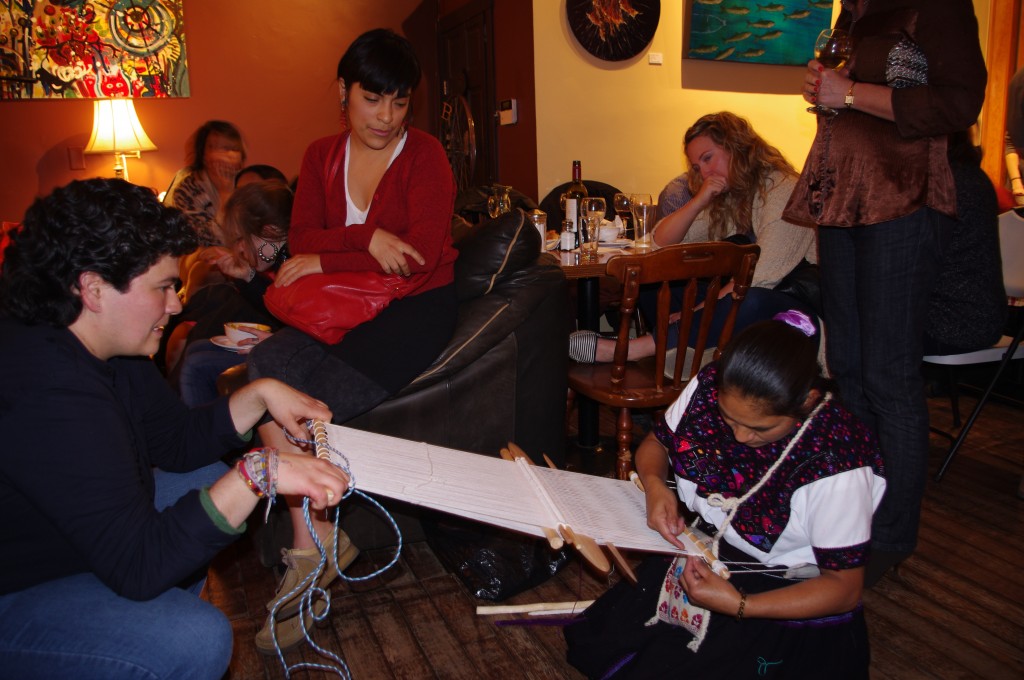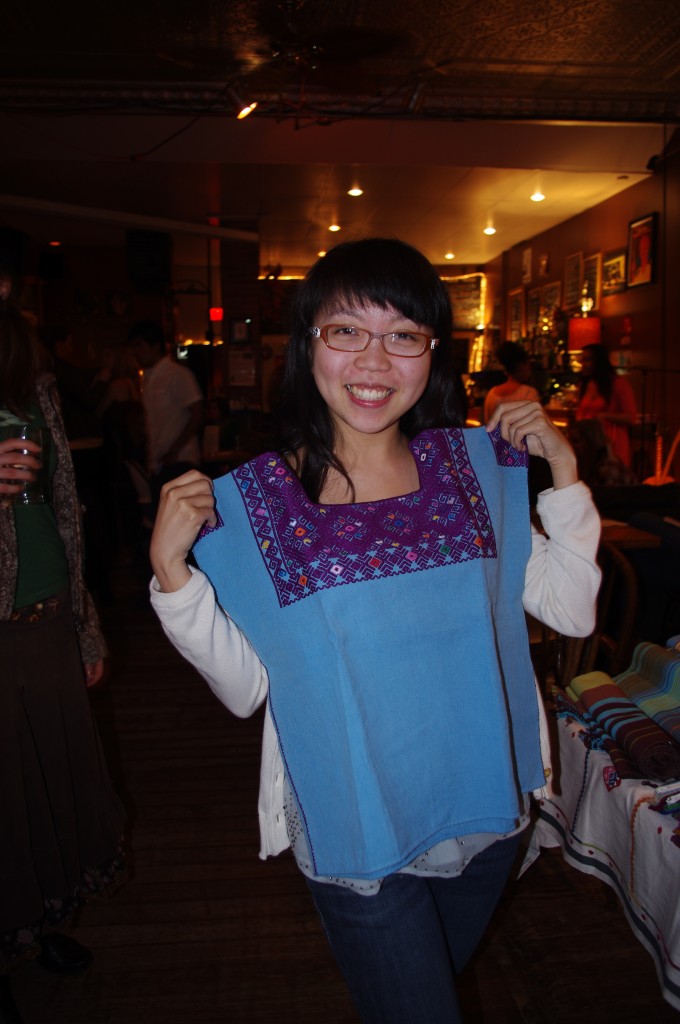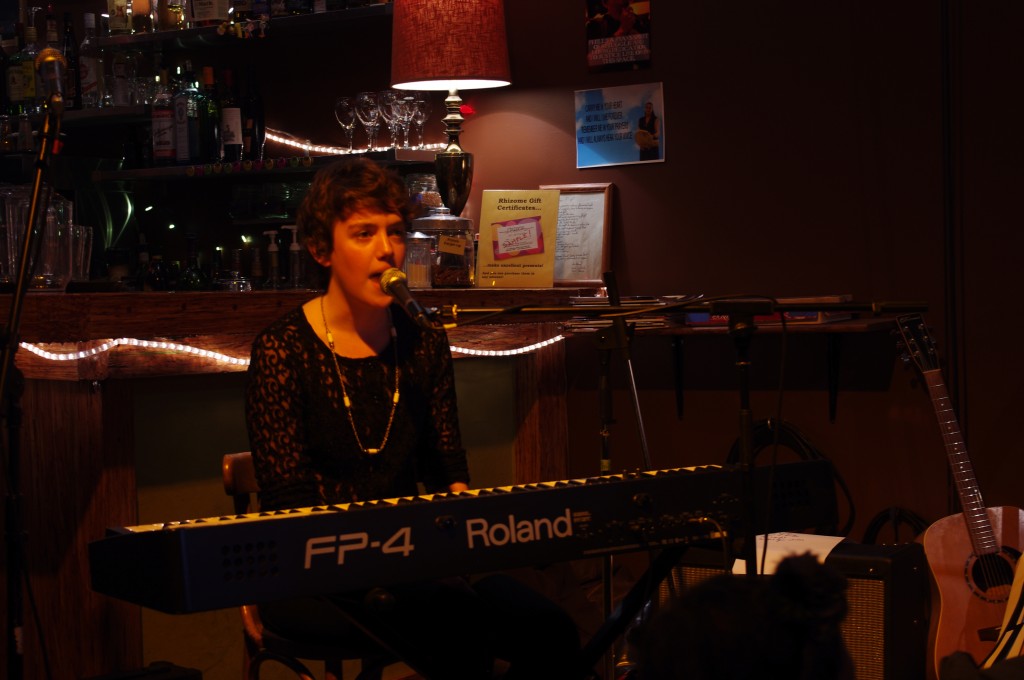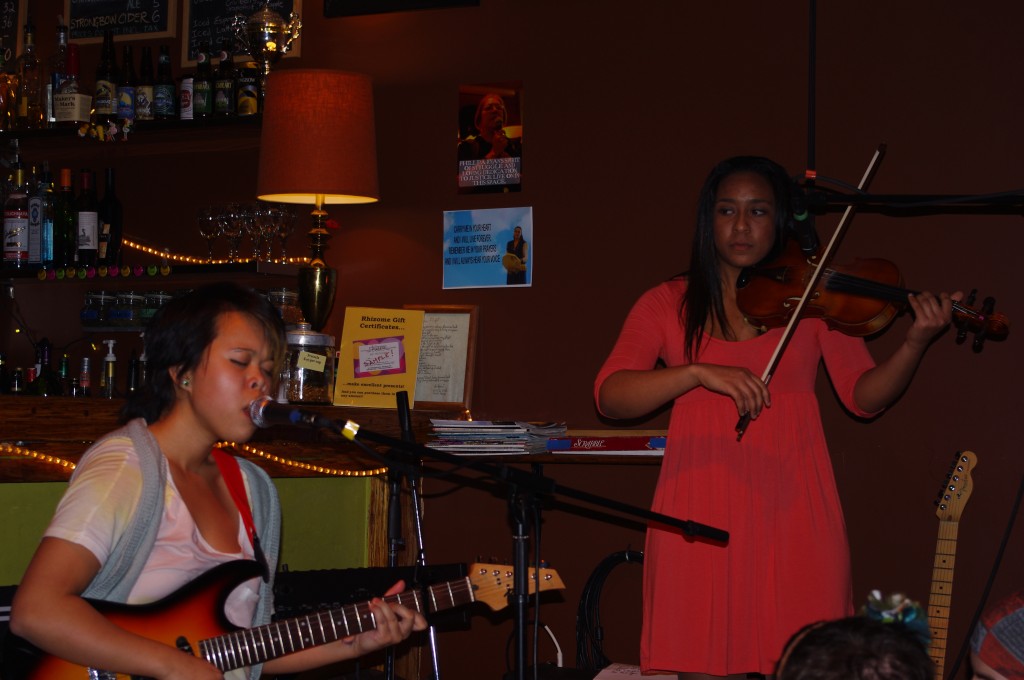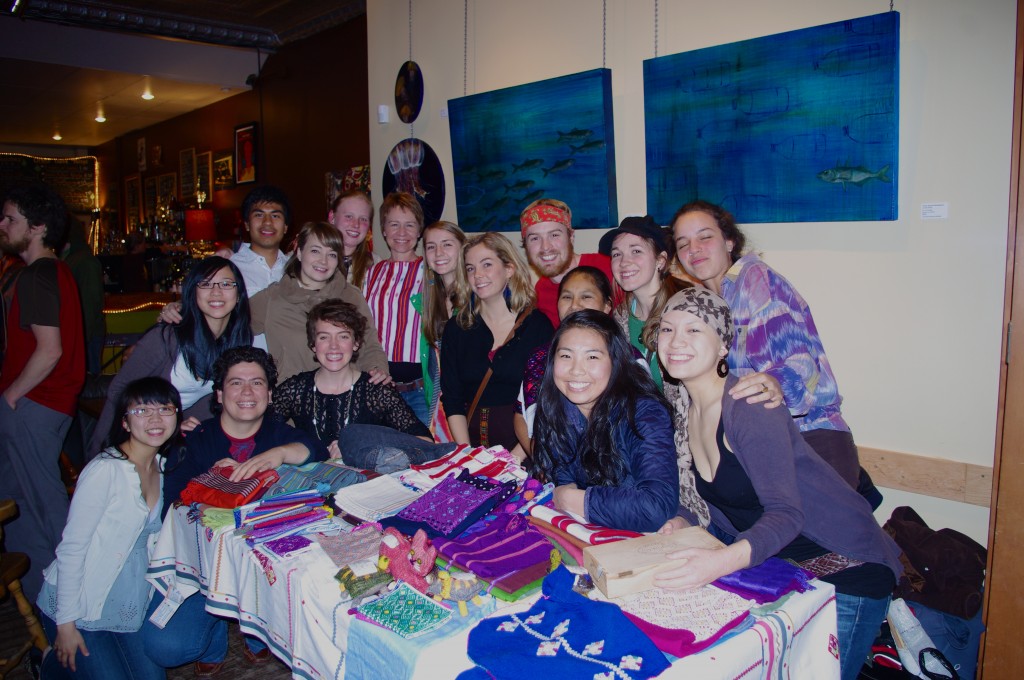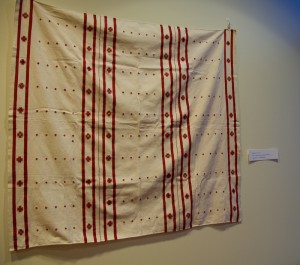Woven Words and Woven Worlds
My people
My friends
Your stories surround me once again
Your histories entwine me
Shining words of wisdom
Revealing the hidden truths in a new light
A history of woven words
Stories and memories tied into cloth
Your histories are woven and worn
Your woven words are a guiding truth
Linked back into the roots of time
Our histories so intertwined
I wish to see the world grow
From a developing collective identity
For their history is so close to you and to me
Can you see that the past has been unclear
As to how ‘we’ would survive here
Under the colonial rule and living in fear
I see pain and misery
However love again prevails
In this new light
Embedded in costs of colonialism
Where are our people
Our histories, our stories, our woven words, our memories
Of a time not so long, long ago
When the world was made
woven in the maize
Of my people,
Who would have liked to live
And learned to grow together
But some where along the way – along the way
Violence and tragedy paved the way
Our rights were taken away
Taken, stolen and brushed away
Some day not so far away
My people
My friends
Will grow strong again
For our history is woven here
For us to remember our past
And teach you of your colonial history too
To know where we have came from and to where we will go
My family and friends are guiding me
All around the world in which you see
With a history similar to you
Guiding back to me
Reaching out my hand
To pull you along the way
To create a new day
Our woven word, our woven worlds, to get our voices heard
Listen to ours stories our histories
You will begin to see that this colonial history
Is still here in the present day
In our current world, still here today
And needs to be revealed in this new way
Today
The stories of many verse the evening news
Collective collaboration
Cultural preservation
Creating space for a new world
A new worldview
Where we make space for the old and bring in the new
Recognizing the Indigenous in the academic
Making space for the Cosmovision
As a current and recognized world religion
A cultural revolution is here
Collective creative resistance is near
The revolution is indigenous dear
The indigenous revolution is near
No, no
The indigenous revolution is here
For our people are standing strong
This much is clear
This much is clear
But look inside and see that a part of you is indigenous too
Creating our identity a new
Creative resistance with you
Creating resistance with you
Dear Mr. President
Why has so much history been hidden
Why can you say all these people are equal
Deserving their freedom
Yet draw a line in the sand and
Go against your words
These days of hypocrisy and mediocrity
Need to be thrown away
For today is a new day
Solidarity beings with you
Thank you. Thank you.
To the North and the South
The East and the West
My sisters my brothers
You are my anchors my inspiration
Be the strength in this revolution
For you are indigenous and indigenous is you

